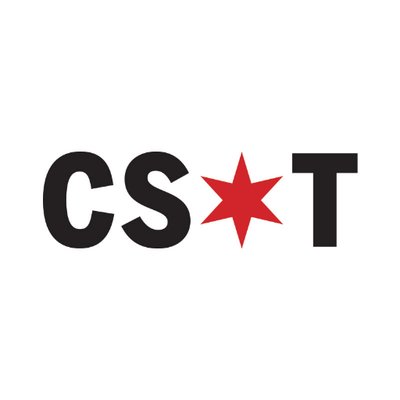



The deepest mysteries of the universe could be unraveled in suburban Chicago.
That’s what some of the world’s top minds are aiming for as they lay out a vision for the next generation of particle physicists expected to take up the quest to better understand our cosmological origins.
An influential committee of scientists released a report earlier this month suggesting the Fermi National Accelerator Laboratory in Batavia — better known as Fermilab — could play an even bigger role in that quest in the years ahead than it does today as the premier American particle physics testing facility.
Researchers on the Particle Physics Project Prioritization Panel, or P5, recommended the federal government bolster support for an underground experiment that will beam neutrinos from Fermilab more than 800 miles to South Dakota, in hopes of figuring out more about those elusive subatomic particles.
They also called for exploring the possibility of building a revolutionary new particle collider more powerful than any ever seen on Earth — a groundbreaking device that they noted would fit perfectly on the Fermilab campus.
The P5 report also noted the critical computing might of Argonne National Laboratory in Lemont, further reinforcing the Chicago area as a hub for the future of particle physics.
“It’s not a coincidence that Chicagoland turned out pretty well in this report,” said University of Chicago astrophysics professor Abigail Vieregg, director of the Kavli Institute for Cosmological Physics. “The national labs allow us to be strong in this area and have a national presence. I feel fortunate to have Fermilab and Argonne in our backyard.”

University of Chicago astrophysics Prof. Abigail Vieregg.
Provided by University of Chicago
Vieregg was part of the panel enlisted by the U.S. Department of Energy and the National Science Foundation to map out priorities in the field for the next decade under different budget scenarios.
After holding a series of public meetings to garner ideas, the panel narrowed down their biggest questions — what’s the nature of the Higgs boson, dark matter or neutrinos? — and offered possible paths toward answering them.
Among their agenda items is reinforcing Fermilab’s Deep Underground Neutrino Experiment, or DUNE, with an additional detector chronicling the particles’ journey across the Midwest.
Experts say neutrinos could prove to be the key missing puzzle piece in explaining why equal amounts of matter and antimatter didn’t annihilate each other when the universe formed in the Big Bang — and therefore how we even exist 13 billion years later.
“The study of the universe on its biggest scales is intricately tied to the smallest scale of the universe,” Vieregg said. “Measurements made in particle colliders can connect directly to the measurements we make looking back in time as we observe the universe.”
Work on DUNE is already underway, but the panel’s recommendation to develop a first-of-its-kind particle collider would take decades to materialize.
A muon collider would be more efficient than the proton and electron colliders that researchers use today to race particles around tubes approaching the speed of light, and then smashing them together to see what happens — and potentially what other new particles might emerge.

A muon g-2 storage ring pictured at Fermilab.
Ryan Postel/Fermilab
But muons — pronounced MEW-ons — are fairly elusive themselves, so now “it’s up to creative physicists to figure out how we can make this happen,” said Vieregg, who estimated such a device would be 10 times more powerful than the current standard bearer of the field: the Large Hadron Collider in Switzerland.
That device took more than 10 years and $4 billion to build, a cost shared among multiple European nations.
The P5 report recommends researching and developing a cost estimate and construction timelines for the potential muon collider, but researchers noted it would likely be “almost exactly the size of the Fermilab campus.”
“At the end of the path is an unparalleled global facility on US soil,” the researchers wrote. “This is our Muon Shot.”
Northwestern University physics and astronomy professor Michael Schmitt said such a development would be a valuable investment “because that’s the good side of humankind.”
“The desire to understand things is what drives us here. It’s not glory or comfort. We just really want to know why the universe is the way it is,” Schmitt said. “Is there something better we could invest in? Maybe health care, general education. But most people also feel there should be some wonderful things that society does in addition to working on the basic problems of humankind.”
Vieregg said the work of developing an unprecedented testing ground could lead to other practical advancements. “When you’re pushing the boundaries of science and technology — when you’re working in a way most people don’t work — you stumble on things that can be life-changing.”
Geza Gyuk, senior director of astronomy at the Adler Planetarium, compared the pursuit to art.
“It’s delving into something that says something about who we are. It’s learning about where we come from,” Gyuk said. “Why do we make poetry? It doesn’t put food on the table, but it speaks to us in our human nature. It’s what makes us human. These sorts of questions are emotionally compelling.”

Geza Gyuk, senior director of astronomy at the Adler Planetarium.
Provided by Adler Planetarium
